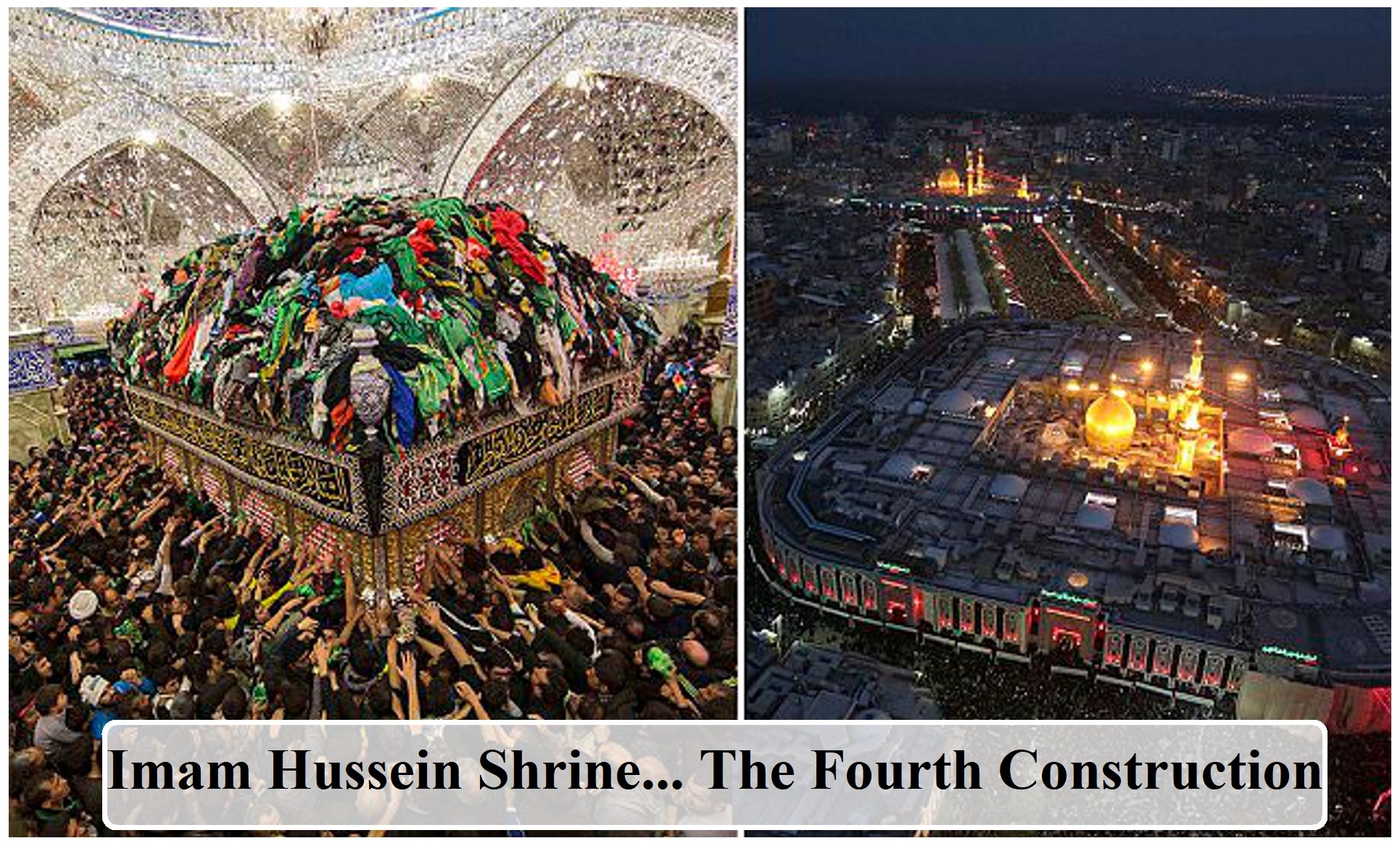The holy shrine was renewed for the fourth time by the two brothers, al-Hassan ibn Zaid who was the king of Tabristan and Dailarn, nicknamed " al-Dai' al-Kabeer", and Mohammed ibn Zaid, nicknamed "al-Dai' al-Sagheer".
Both brothers were also known as the fetchers of stones and are descendants of Imam Hassan ibn Ali ibn Abi jalib (A. S.). They built a tomb over the grave and surmounted by a lofty dome built of clay brick and gypsum.
Around this building, two sheds surrounded by a wall were also built and used as a mosque. This building was completed in 283 A. H. (896 A. D.).
Source:
- Holy Shrines of Karbala: By Raouf Mohamed Ali Al-Ansari
[P. 120].

